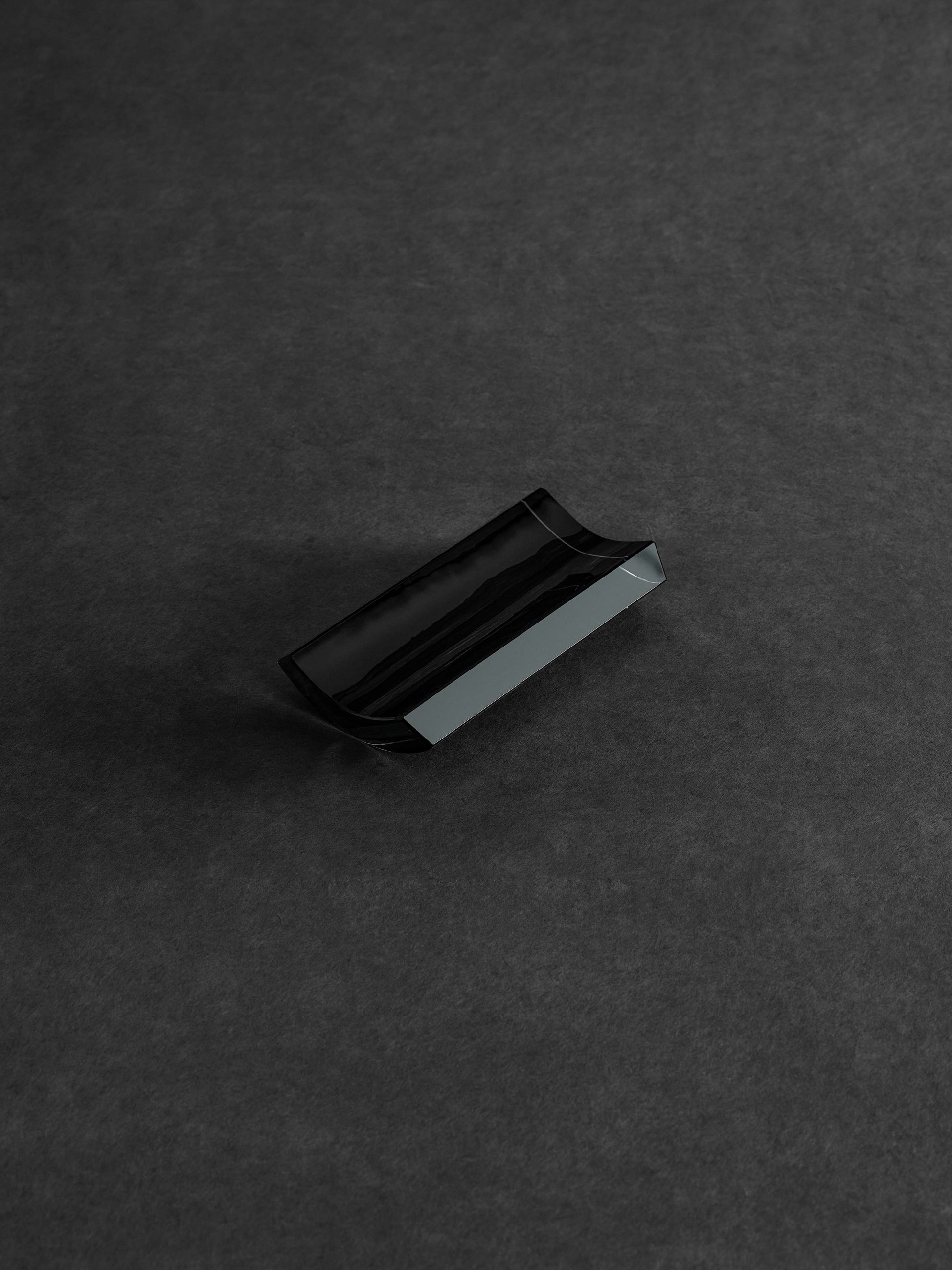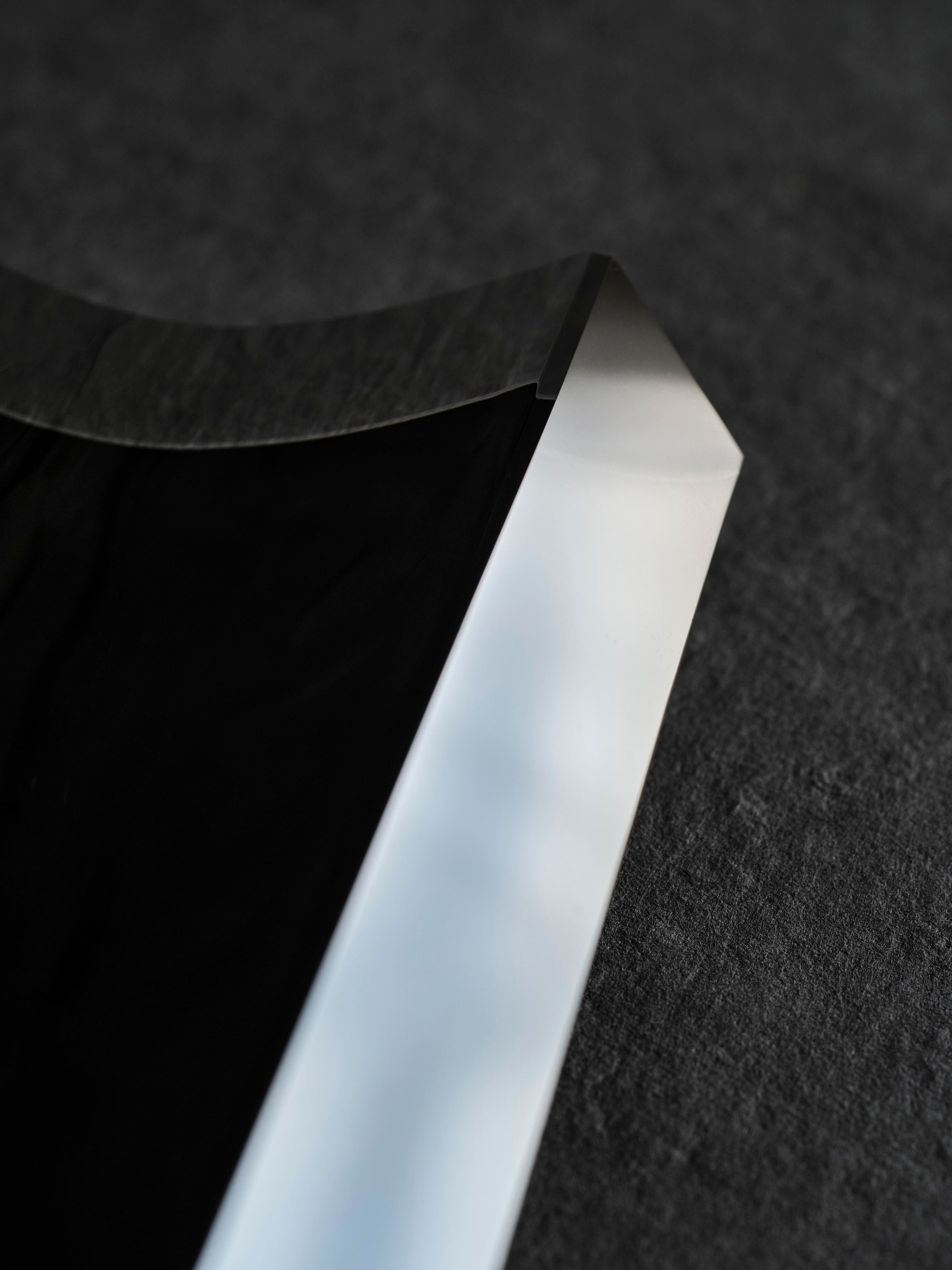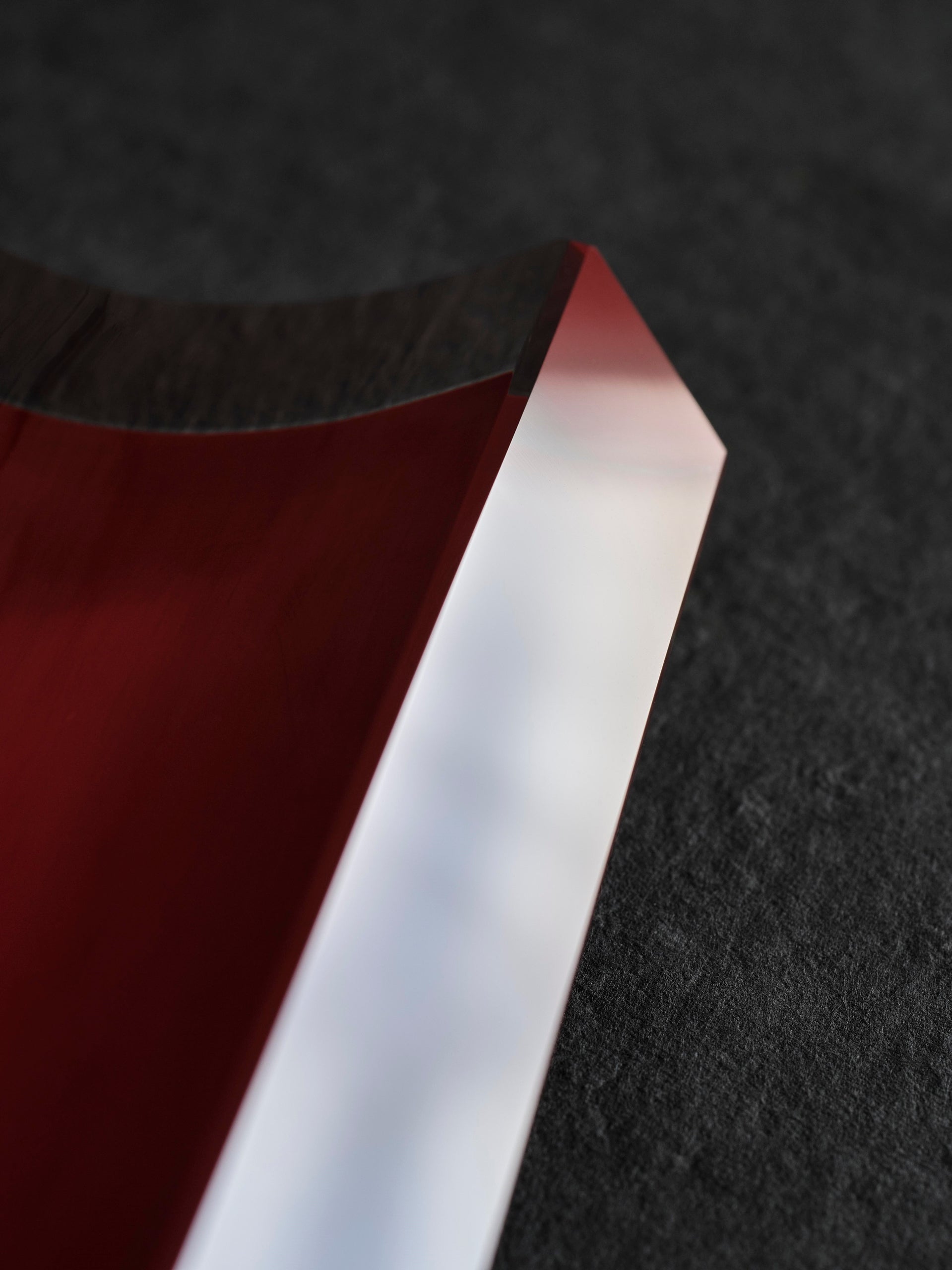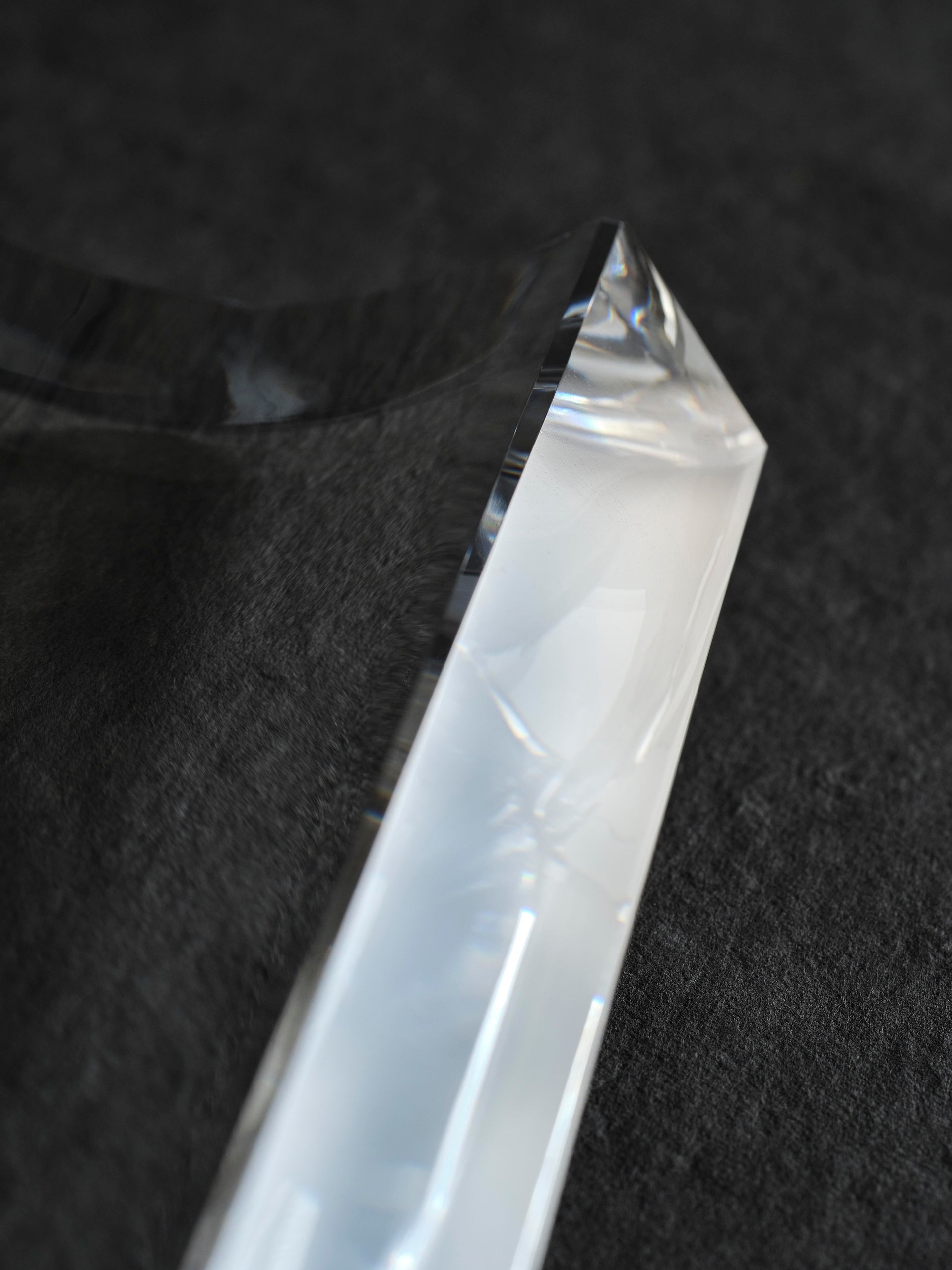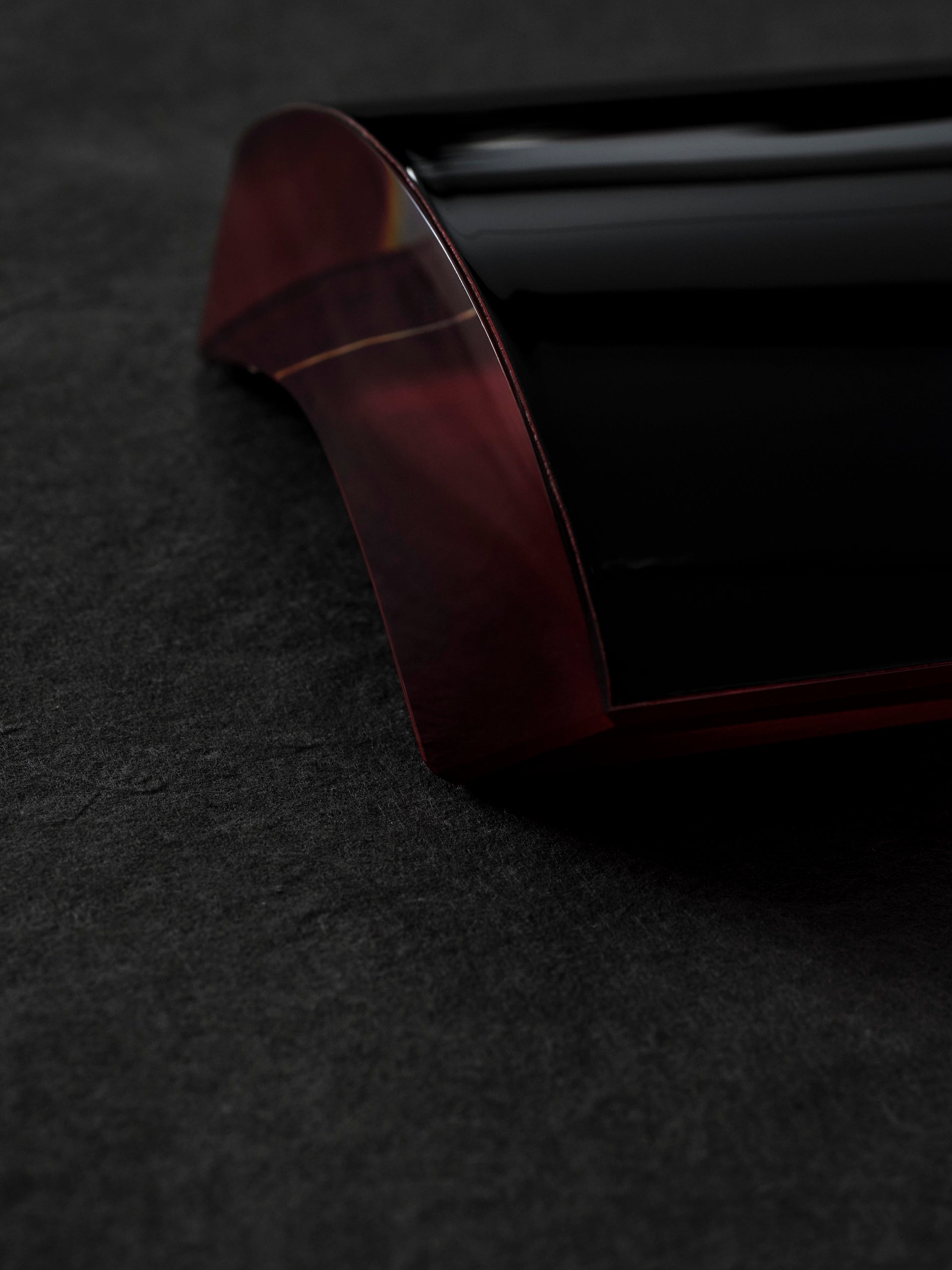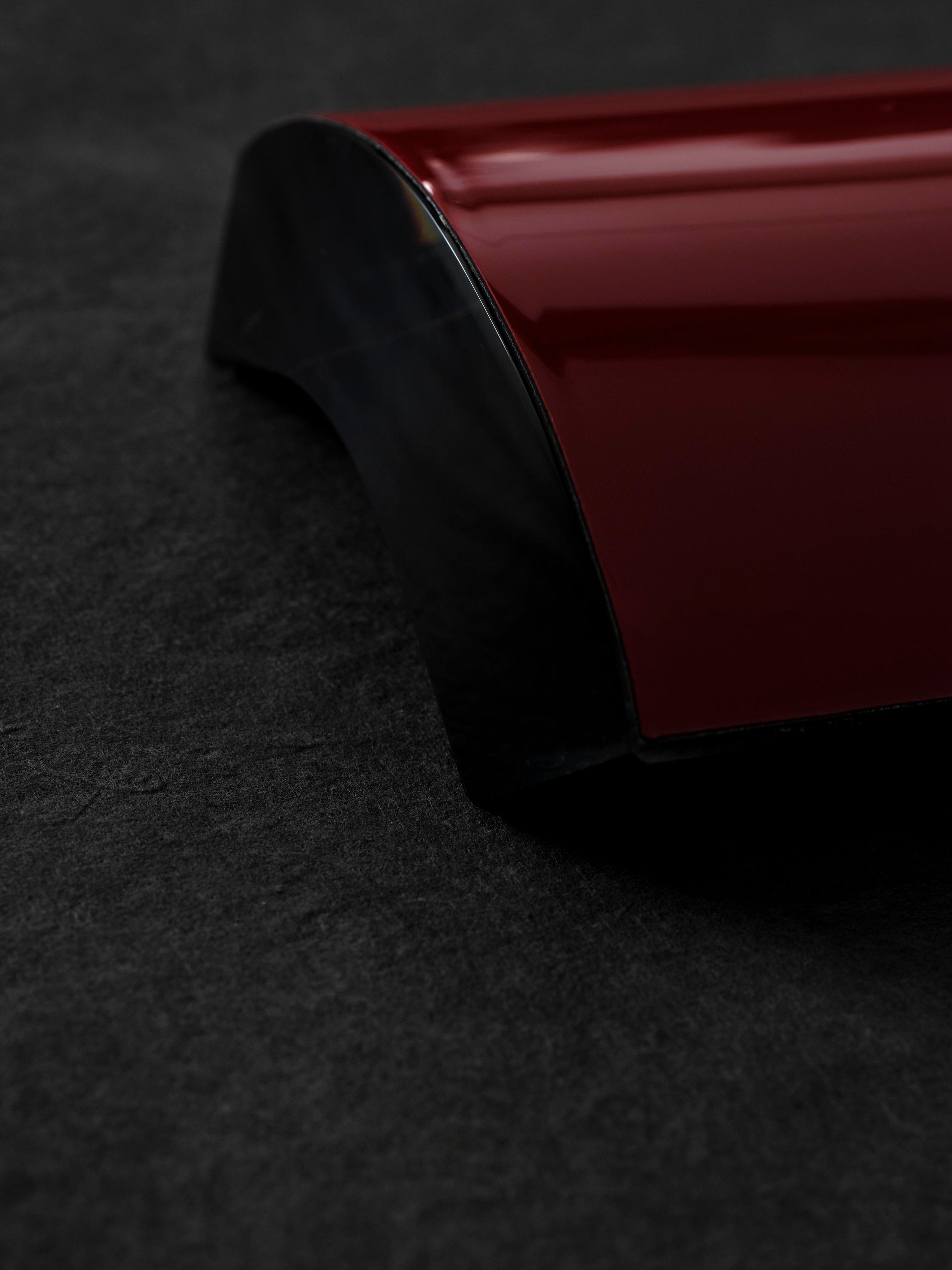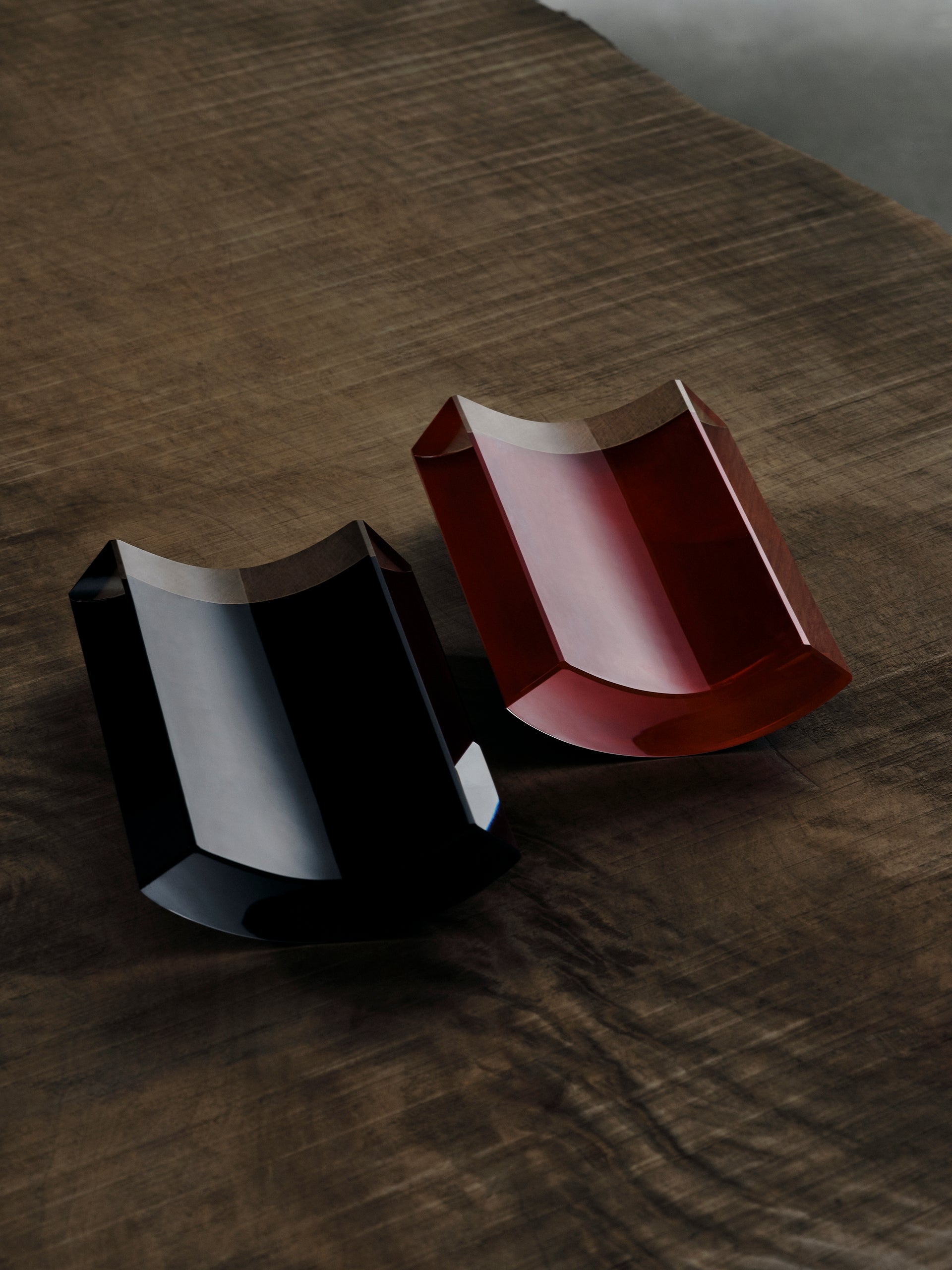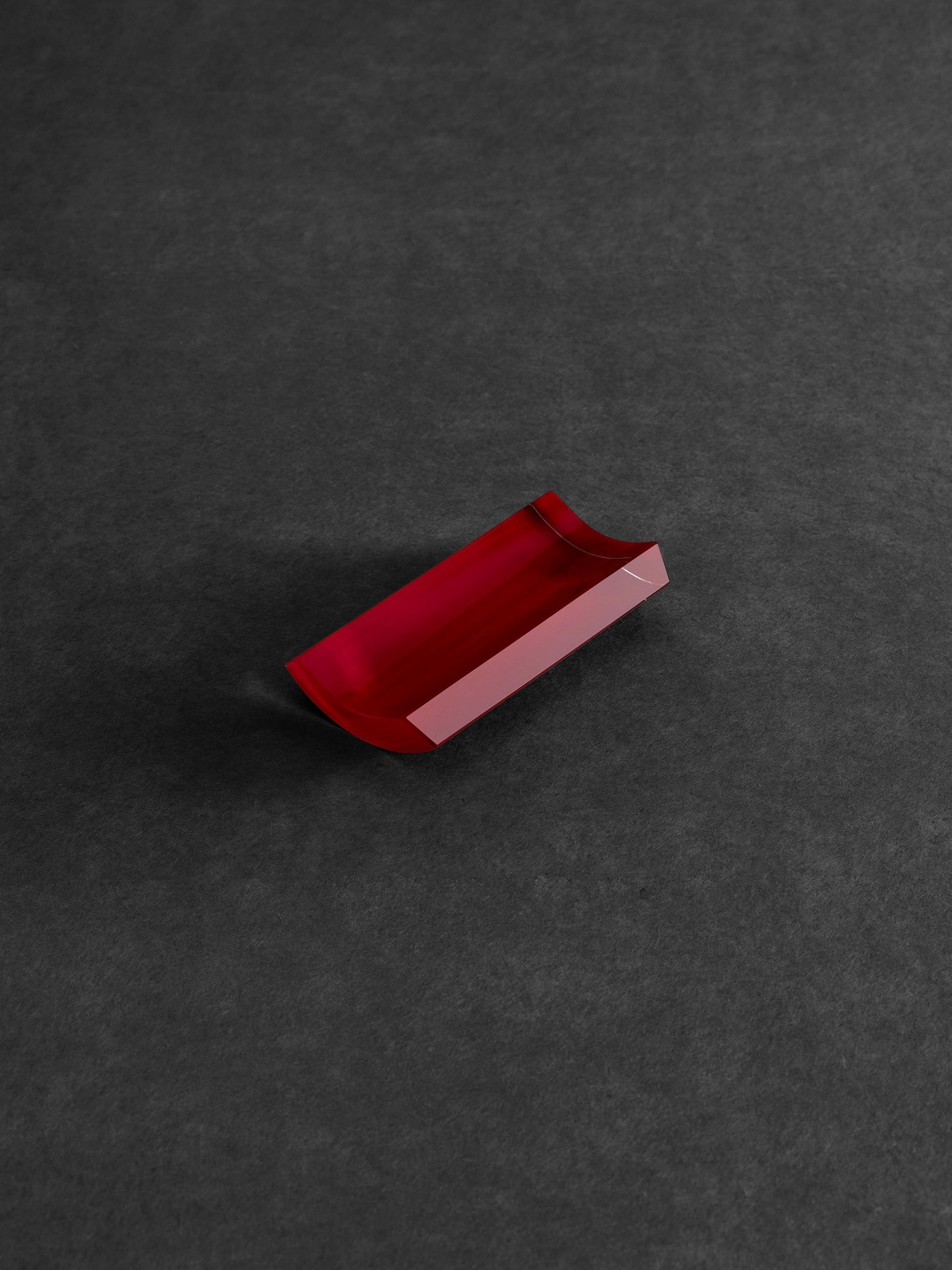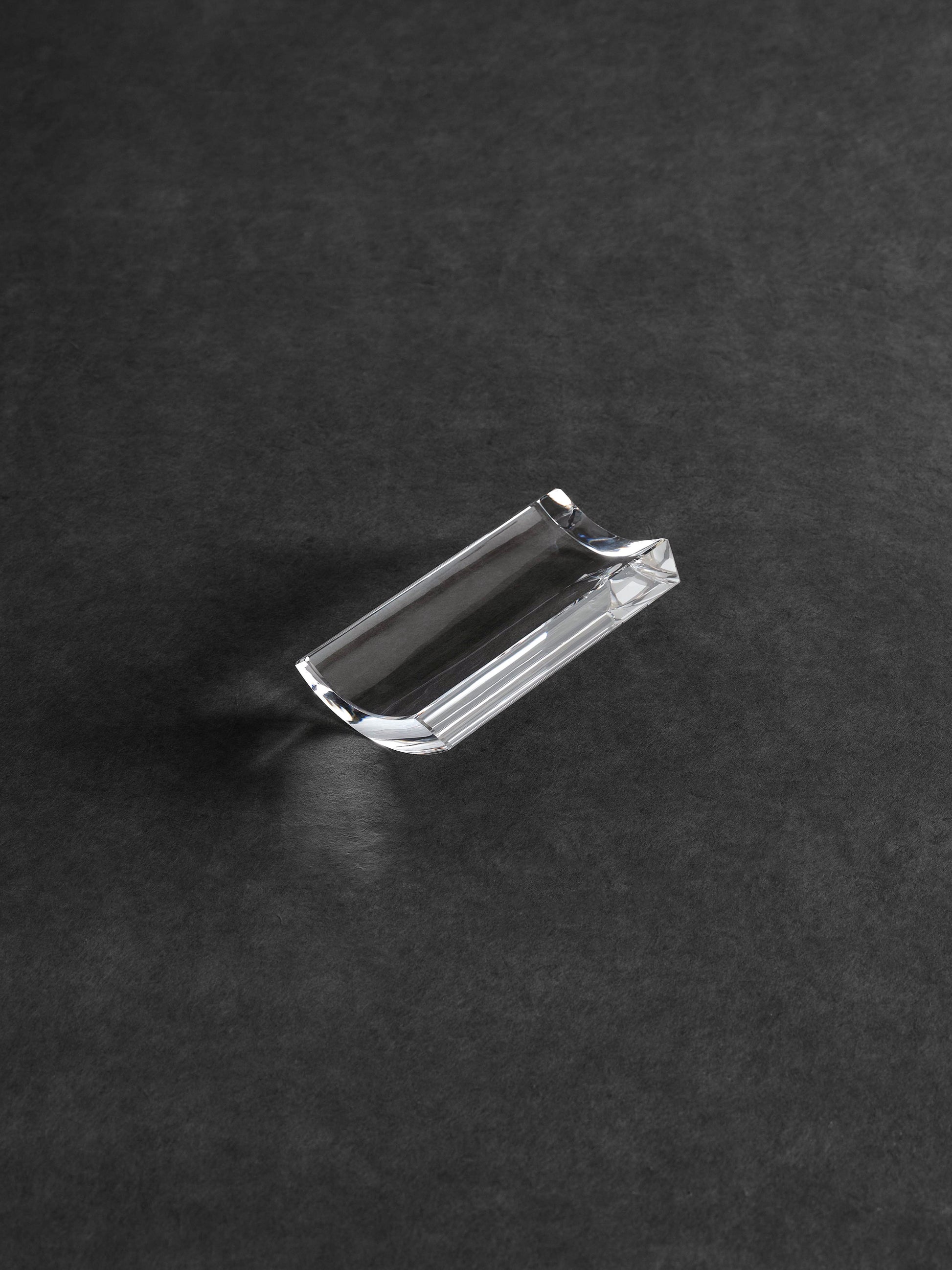Shibuichi
Shibuichi
Quartz glass tray with a curved form and smooth urushi coating. Extending to the extremities with marked precision, the urushi lacquer appears at one with the crystal clear glass. The gentle curves accentuate the refraction of light within the prism, which reflects the conditions of its surroundings.
The artisan applies the lacquer in stages, spraying one colour on top of another. Whether vermillion red or black, the upper layer will gradually wear over time, revealing glimpses of what lies beneath. Intertwined with the passage of time, the process draws inspiration from an ancient technique known as negoro-nuri.
Available in red lacquer (on black), black lacquer (on red) and clear versions.
QG-05C / QG-05R / QG-05B
Size: L230[mm] (W228_D119_H43)
Material: quartz glass with urushi lacquer or uncoated
Free shipping within Japan
Couldn't load pickup availability
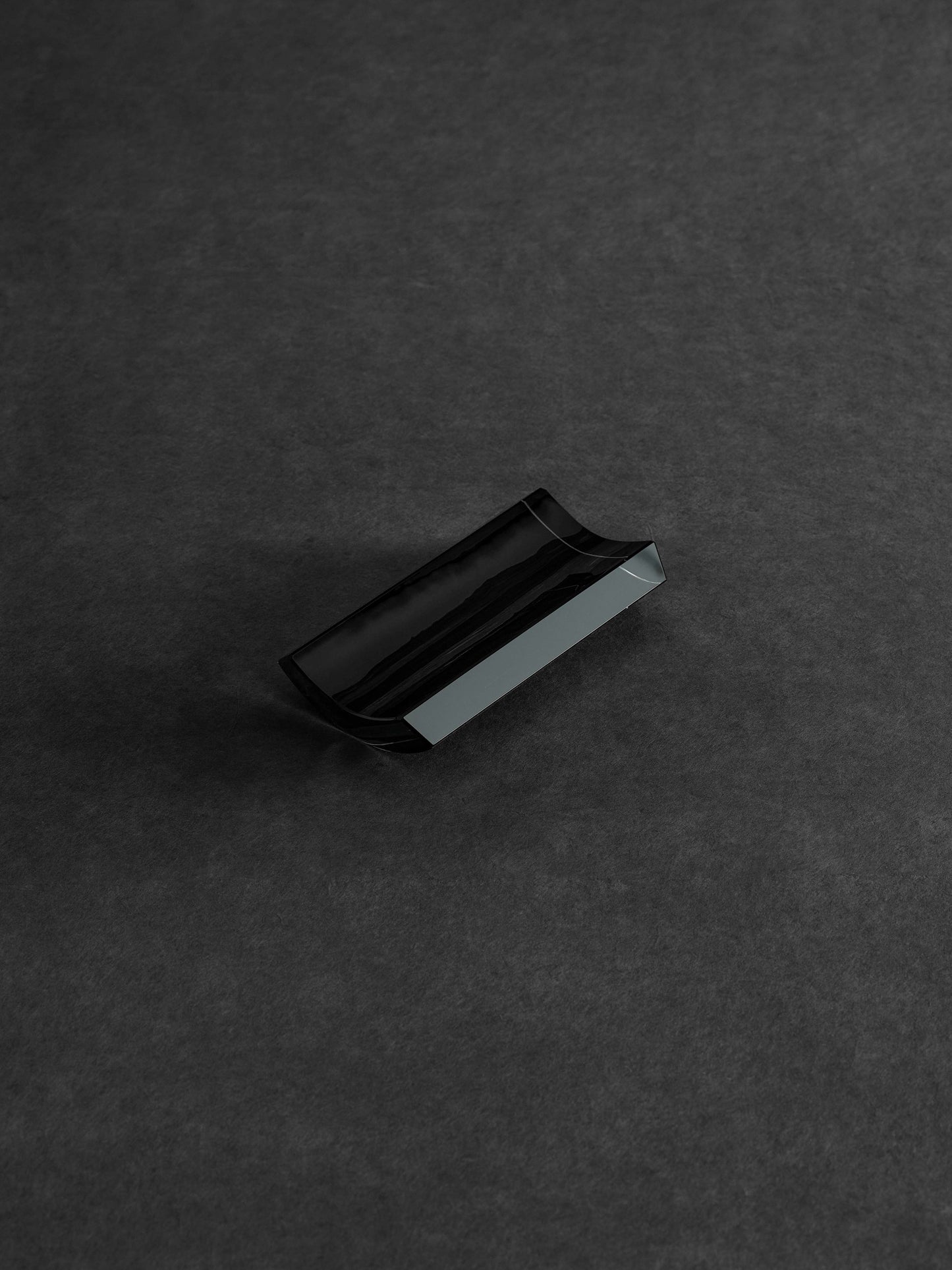
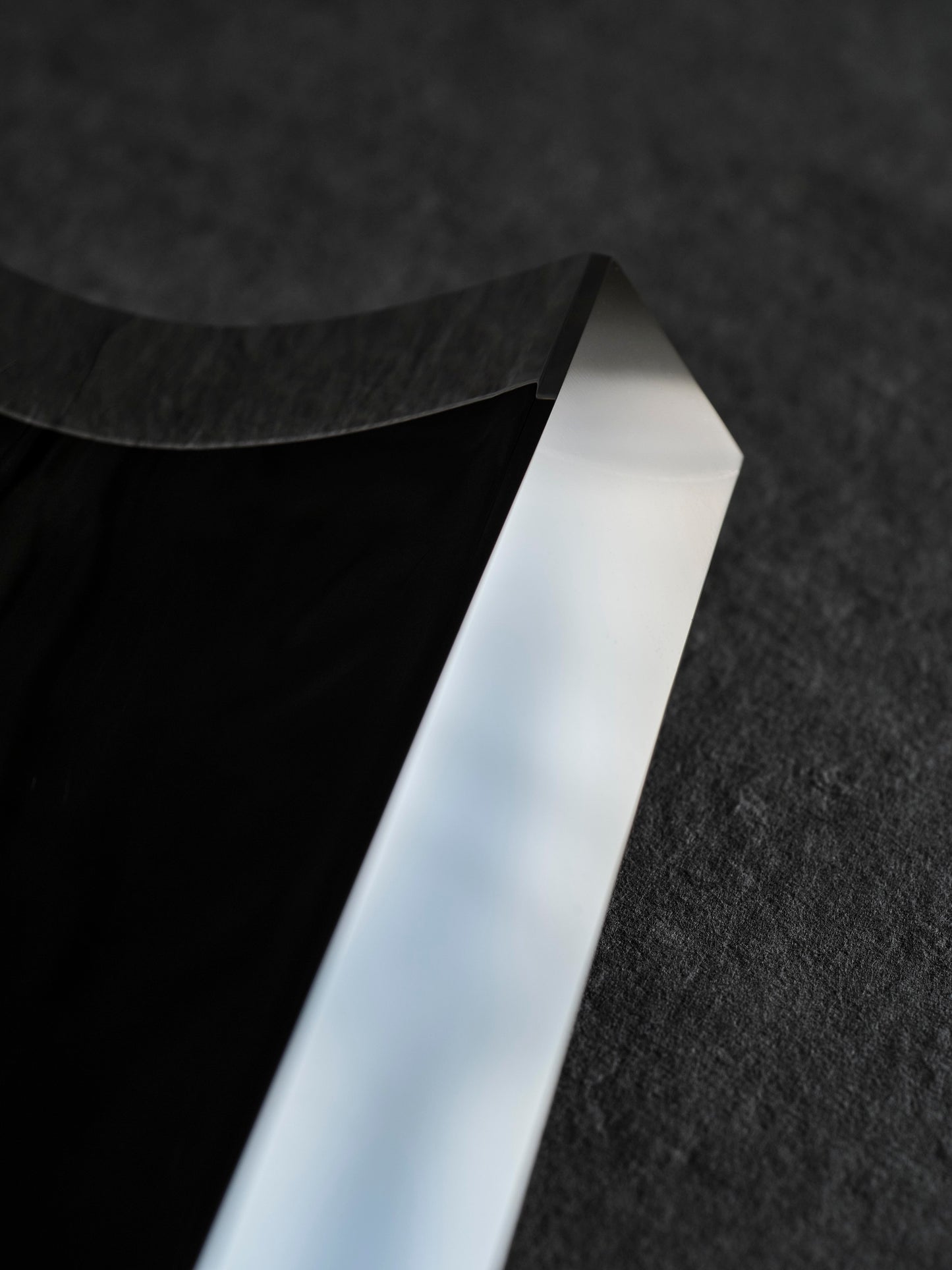
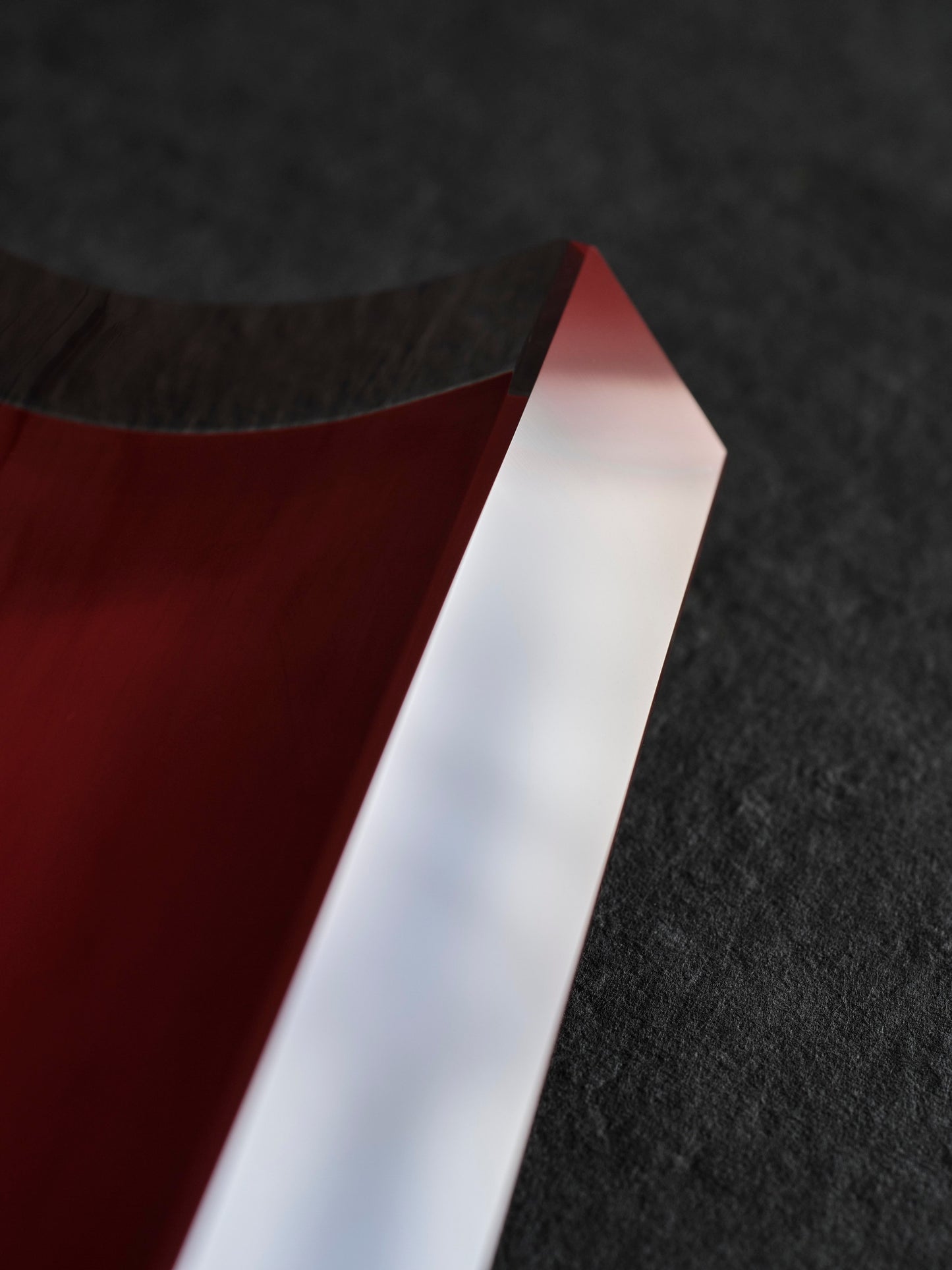
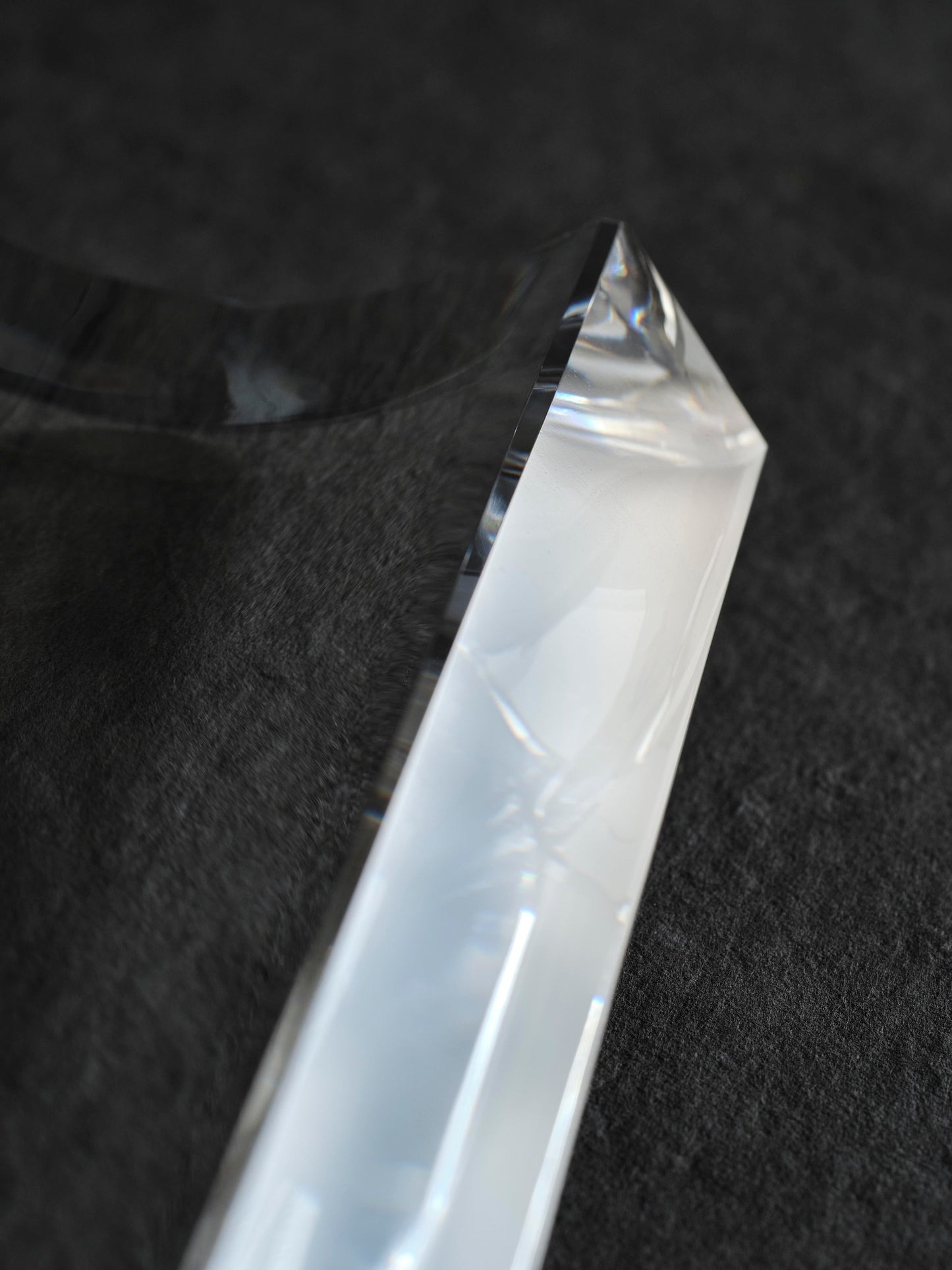
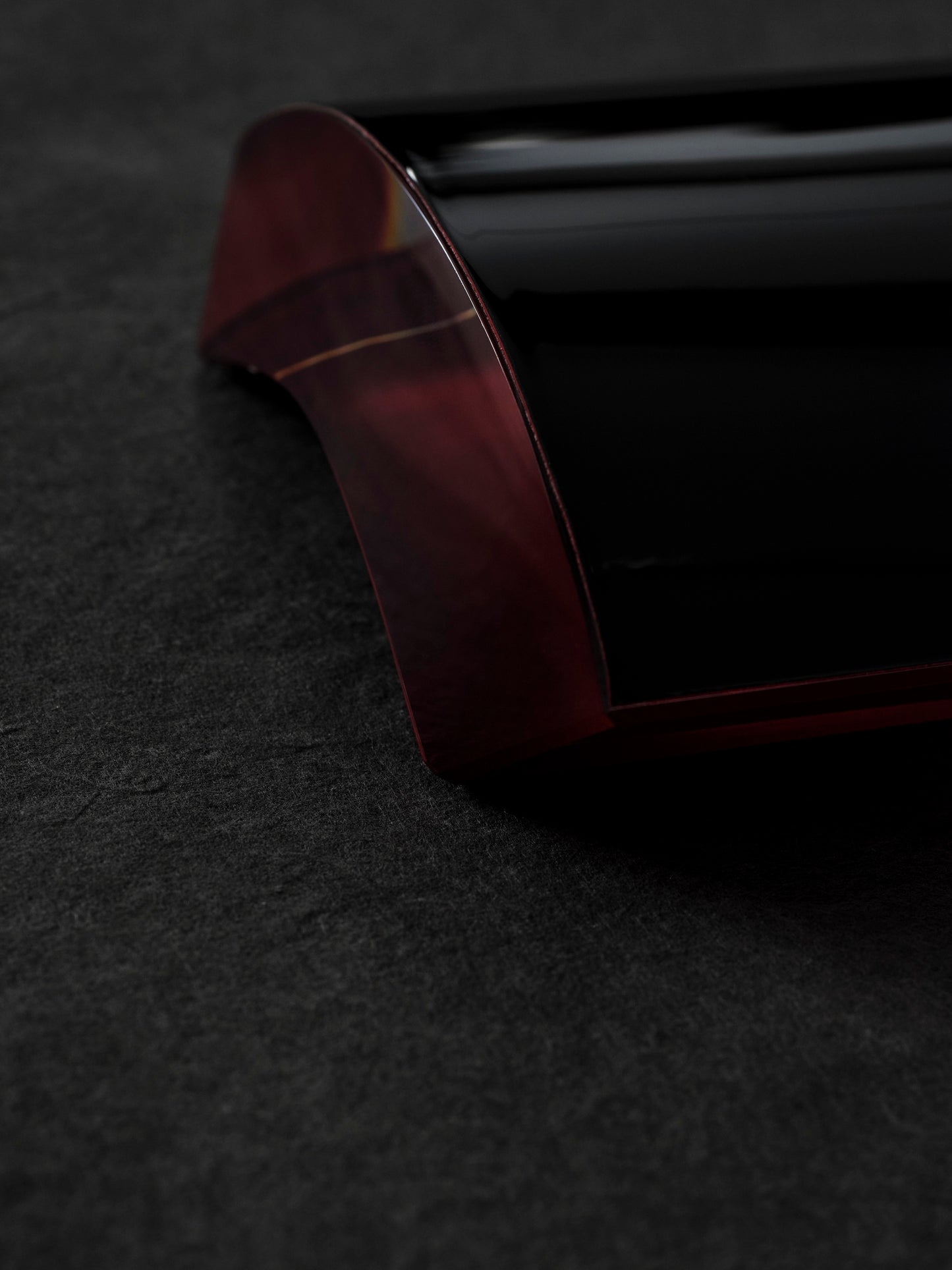
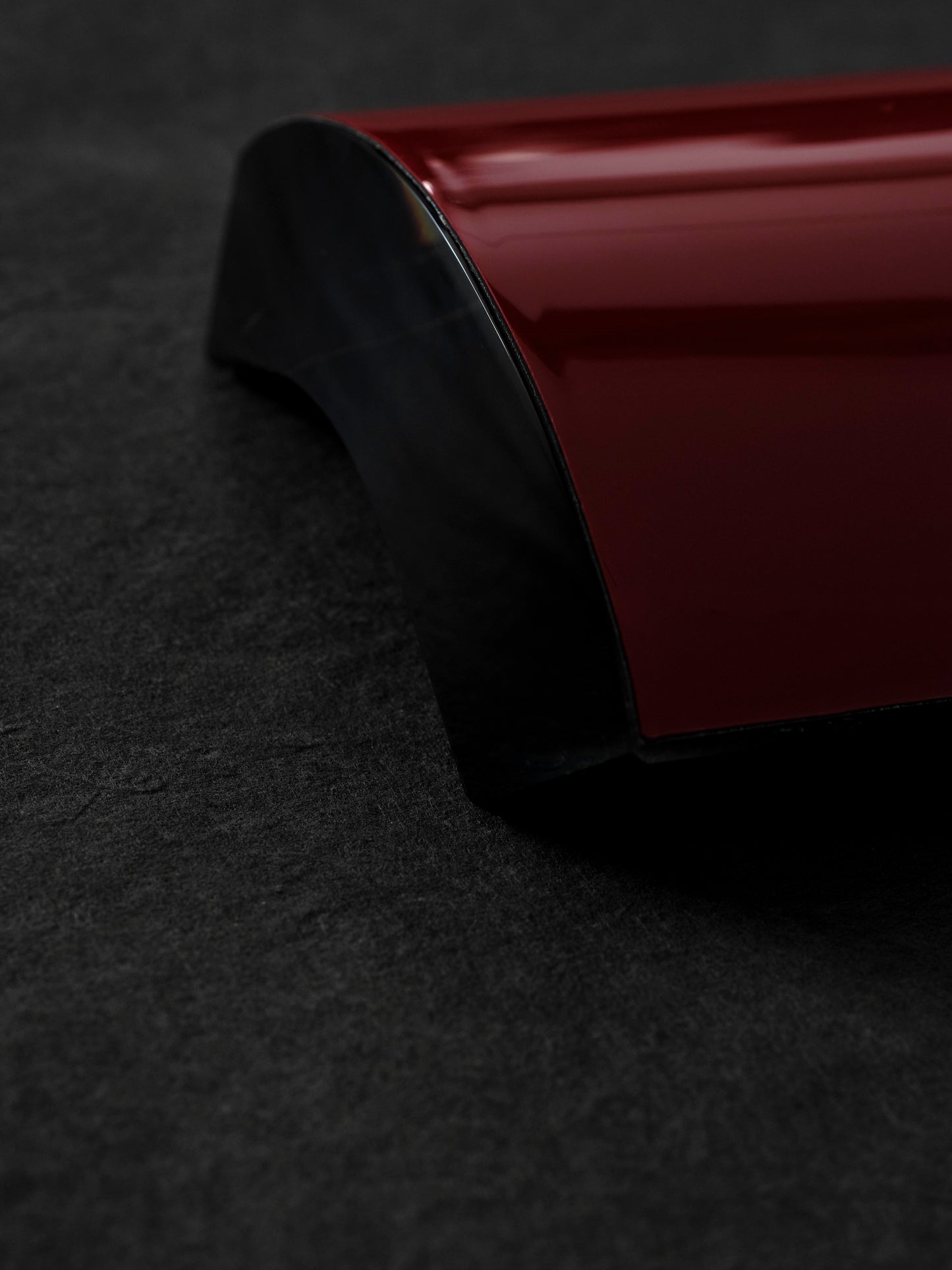
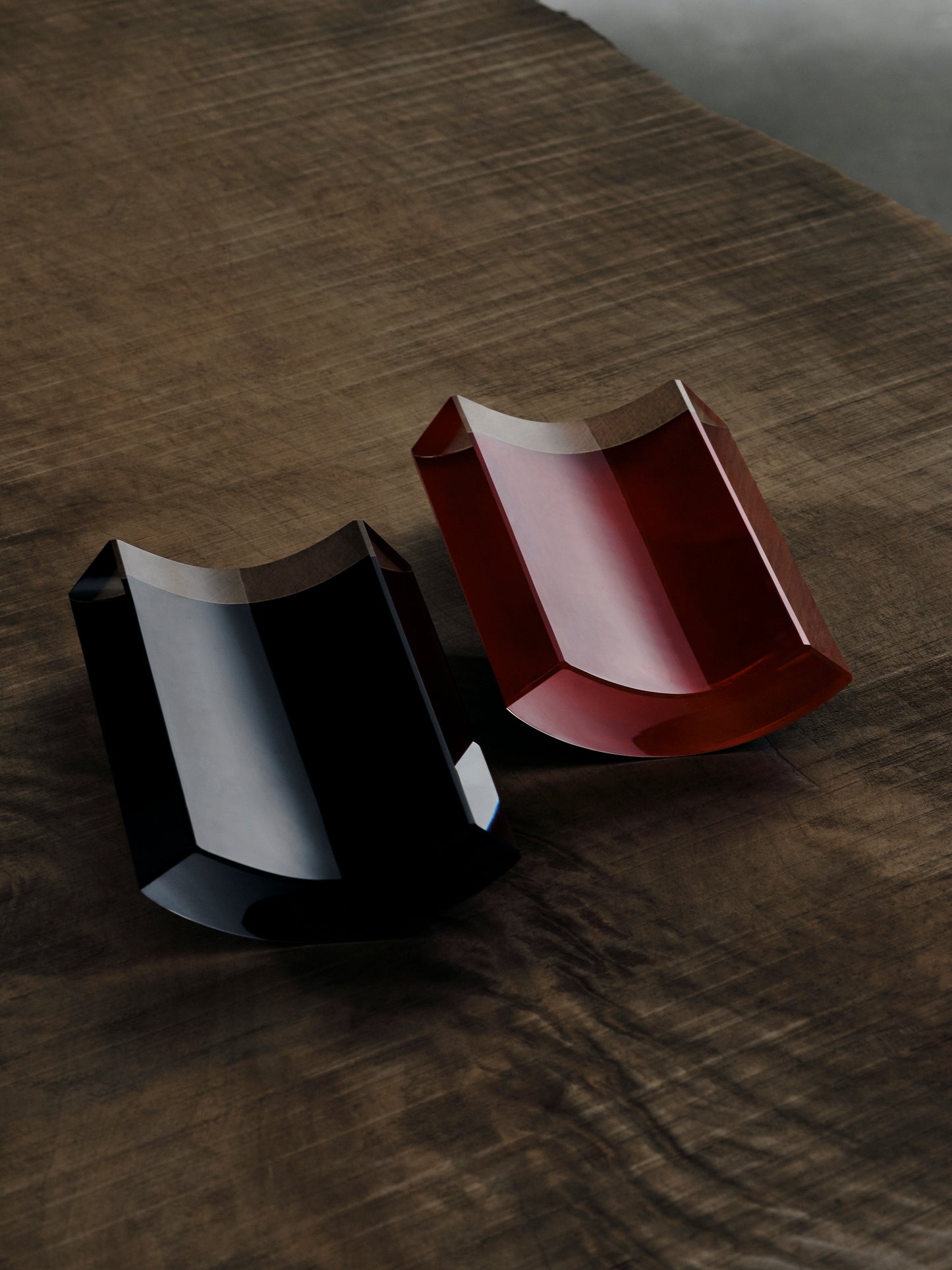
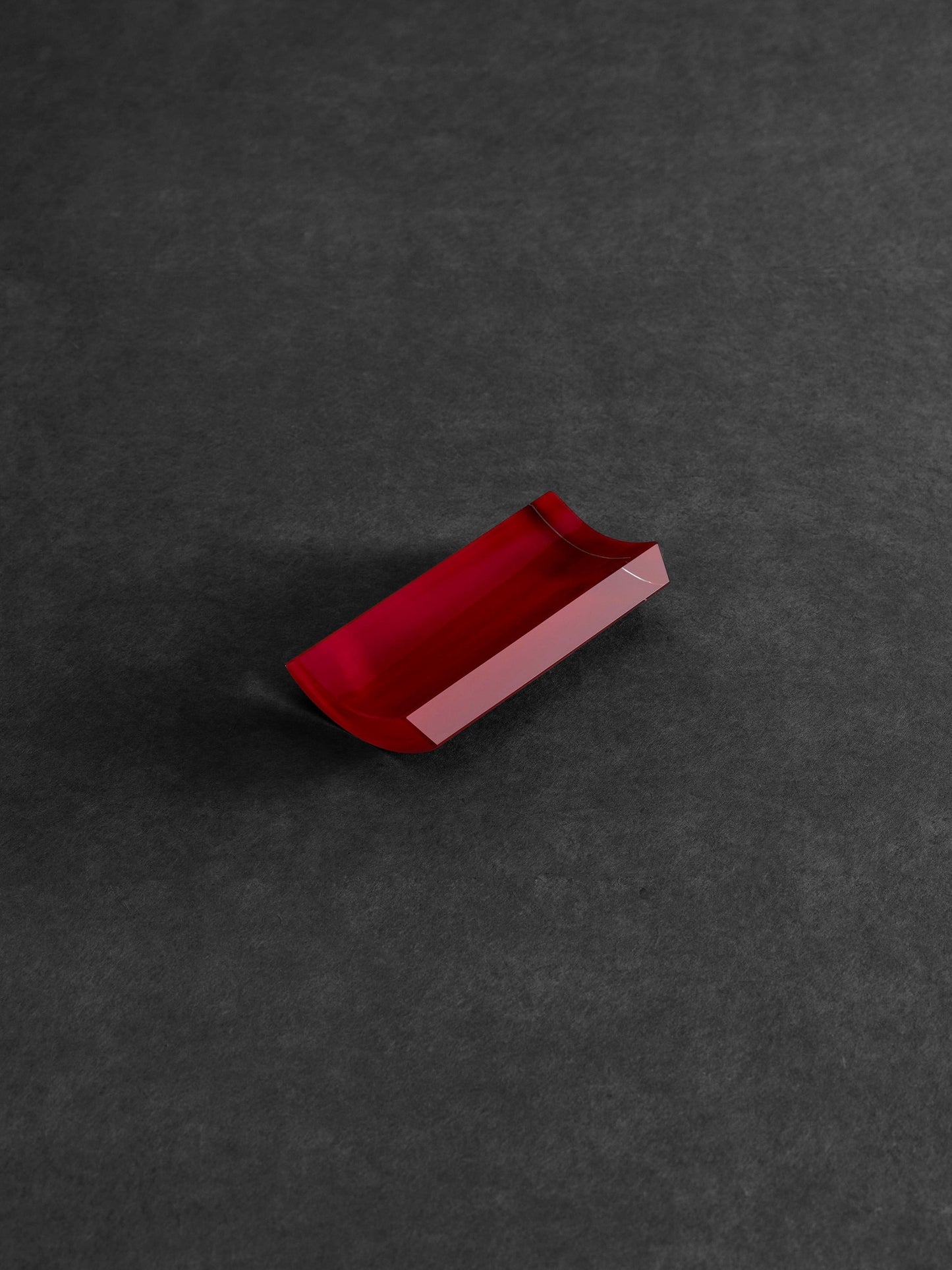
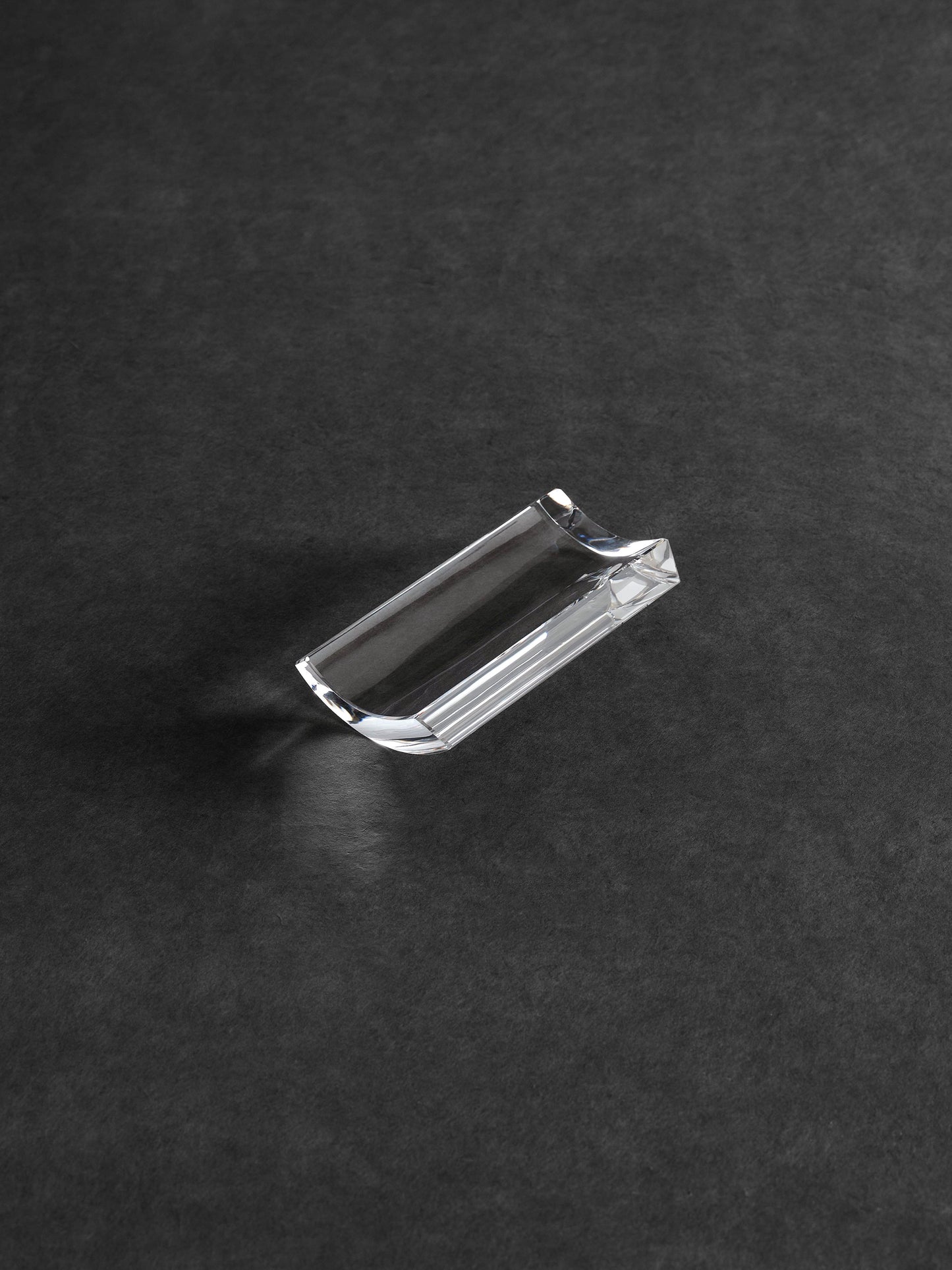
MATERIAL
Quartz glass
Quartz glass is made from silica and has a high level of purity, among other superior characteristics. Deriving its name from the process of melting quartz powder to make glass, the material can withstand temperatures up to 1000 degrees Celsius and is resistant to chemicals. Used in the production of semiconductors and optical fibres, the alluring glass possesses endless clarity.
MATERIAL
Urushi
The urushi tree grows in Japan, China and south-eastern Asia. Urushi lacquer is produced by refining the tree’s sap by adding iron powder, which oxidises and turns the liquid black. Pigments are then added to make vermillion and other coloured lacquers. Gradually hardening and gaining strength, the lacquer possesses high water resistance, thermal insulation and antibacterial properties. However, the material’s greatest quality lies in its smooth, lustrous appearance. Durable and decorative, urushi has long been used for practical items, such as tableware, as well as in shrines and temples. Even today, lacquer artisans remain a feature of the production landscape in many parts of Japan.
MANUFACTURE
E‒Stonetech
Founded in 2011 in Shioya, Tochigi prefecture. Formerly a supplier of manufactured stones, the company renewed its business under the leadership of current president Toshio Saito. Leveraging its expertise in cutting and polishing stone, the company now produces high quality quartz glass and optical glass, crucial components for state-of-the-art precision machinery and semiconductors. The Quartz Glass series began with the cutting and polishing of Japan’s largest piece of glass, 7 metres high and weighing 4.3 tons, which was truly a sight to behold.
MANUFACTURE
Komai Shikki
Founded in 1940 in Takaoka, Toyama prefecture, a city famous for its lacquerware. In an industry where the division of labour is standard, the company stands out for handling the entire manufacturing process, from wood fabrication to the final lacquer coating, for dinnerware, doors, ceiling panels, glassware and other products. The Quartz Glass series, in which lacquer and glass are divided by a clean, straight line, draws on the expertise of the company’s third-generation president, Yasuyuki Komai, in both lacquerware and mother-of-pearl inlays.
CARE
Usage precautions
- Due to the handmade nature of this item, some natural variations may occur.
- Avoid exposure to direct sunlight.
- Place the item on a safe, stable surface.
- Do not allow the item to remain wet for an extended period of time.
- Due to the delicate nature of the lacquer, avoid contact with hard objects or rubbing the surface.
- Strong impacts will cause damage to the item, so please use it with care.
- Do not use a cracked, chipped or split item. In the event the glass becomes damaged, use gloves to avoid injury when handling the item.
- For daily maintenance, wipe with a soft, dry cloth. Do not use abrasive cleaning products.
- The item is not suitable for use in a microwave, oven or dishwasher.
- To remove oil stains, wash with neutral detergent diluted in lukewarm water. The use of hot water may result in the lacquer turning white.
- When washing with water, dry the item immediately afterwards with a soft cloth, ensuring that all moisture has been removed.
